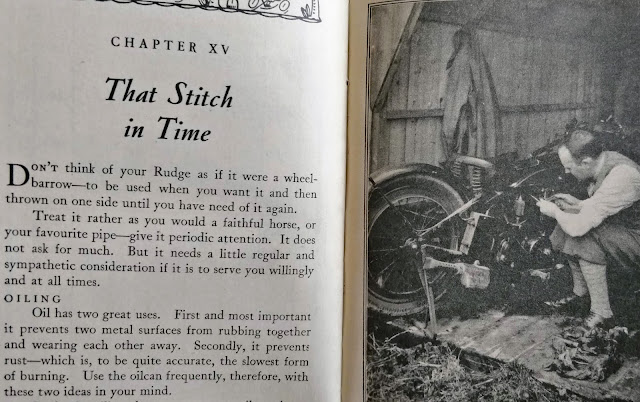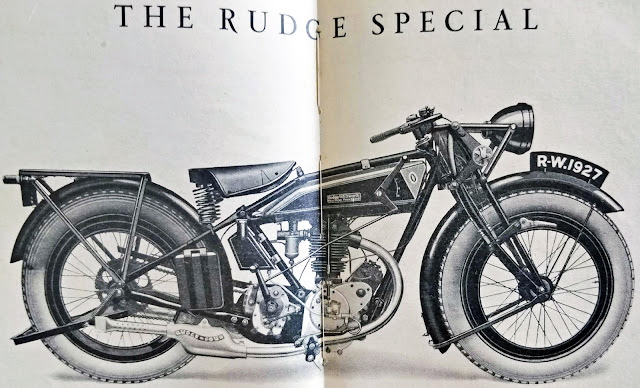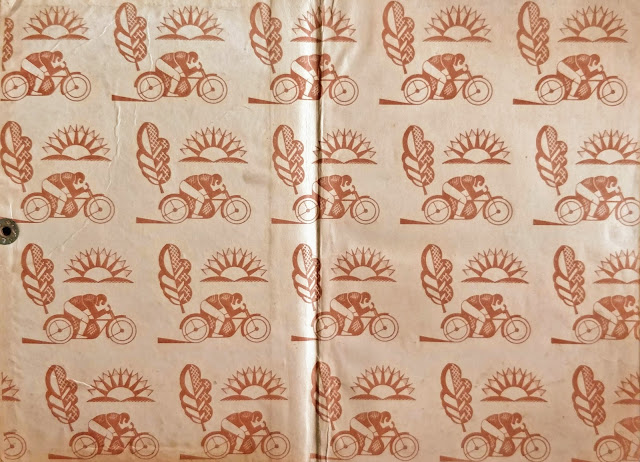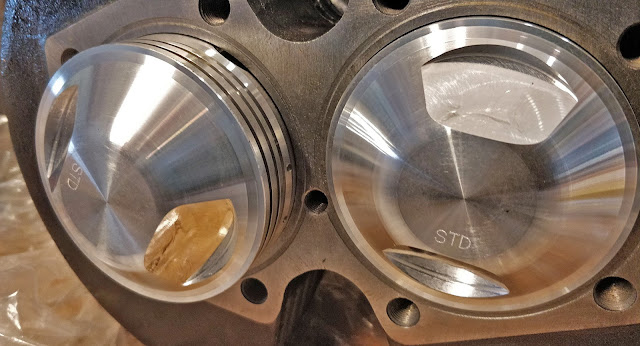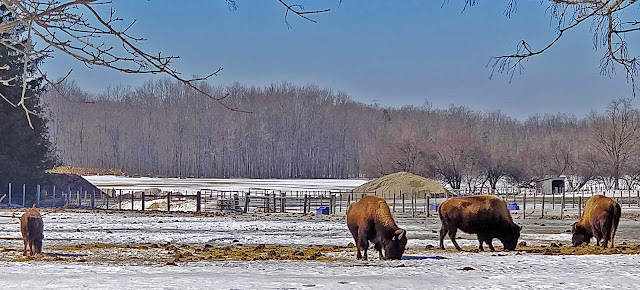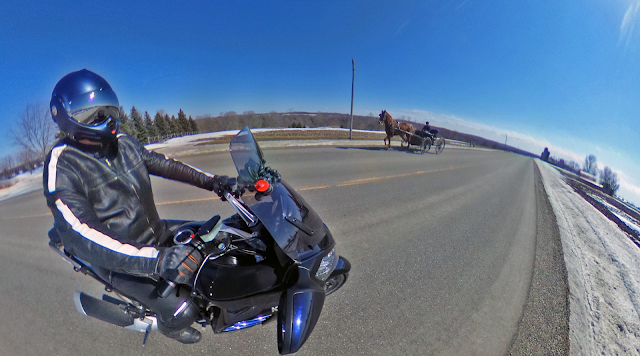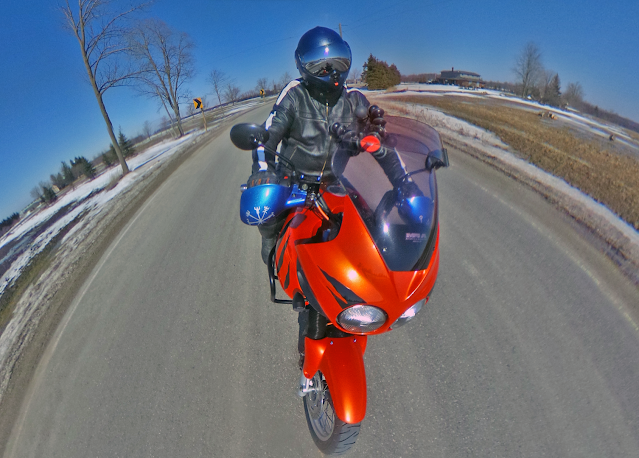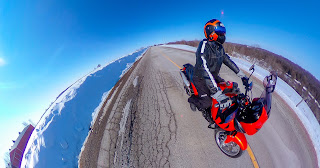
While I had the wheels off I took the rear brake apart. I keep being surprised by how simple this bike is. The rear brake is a mechanical mechanism, no hydraulics in sight. You press on that big brake lever (it’s big because you need the mechanical advantage for it to work) and that pulls the rod connected to a spinner on the top of the rear brake drum. The drum spins and applies the brake. When you let go, a spring on the drum spinner disengages the brake. You must get pretty good feel out of a direct mechanical system like this, and you’re not carrying any extra weight from a hydraulic system (fluid container, piston, pipes, caliper cylinders, etc), but I bet you’ve gotta have big calves to lock it up.
from Blogger https://ift.tt/mYaA4P0
via IFTTT




































